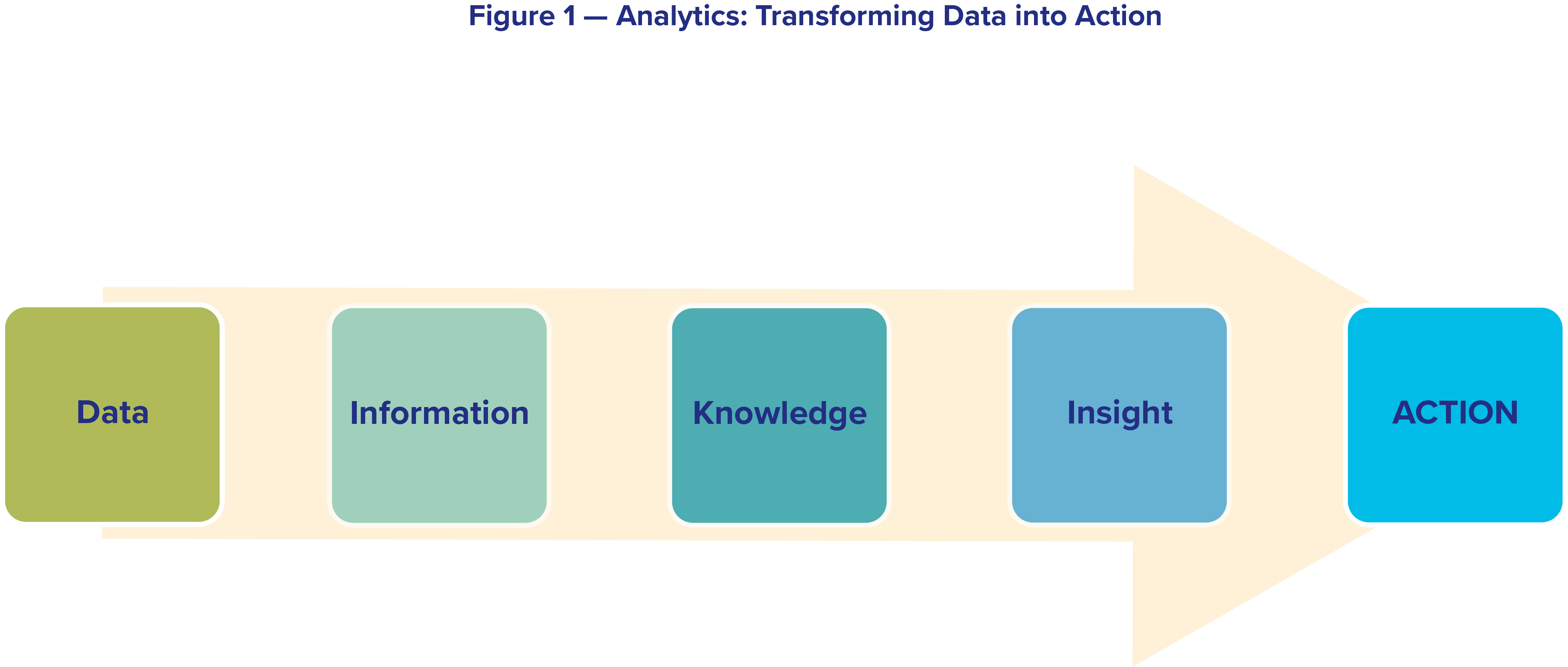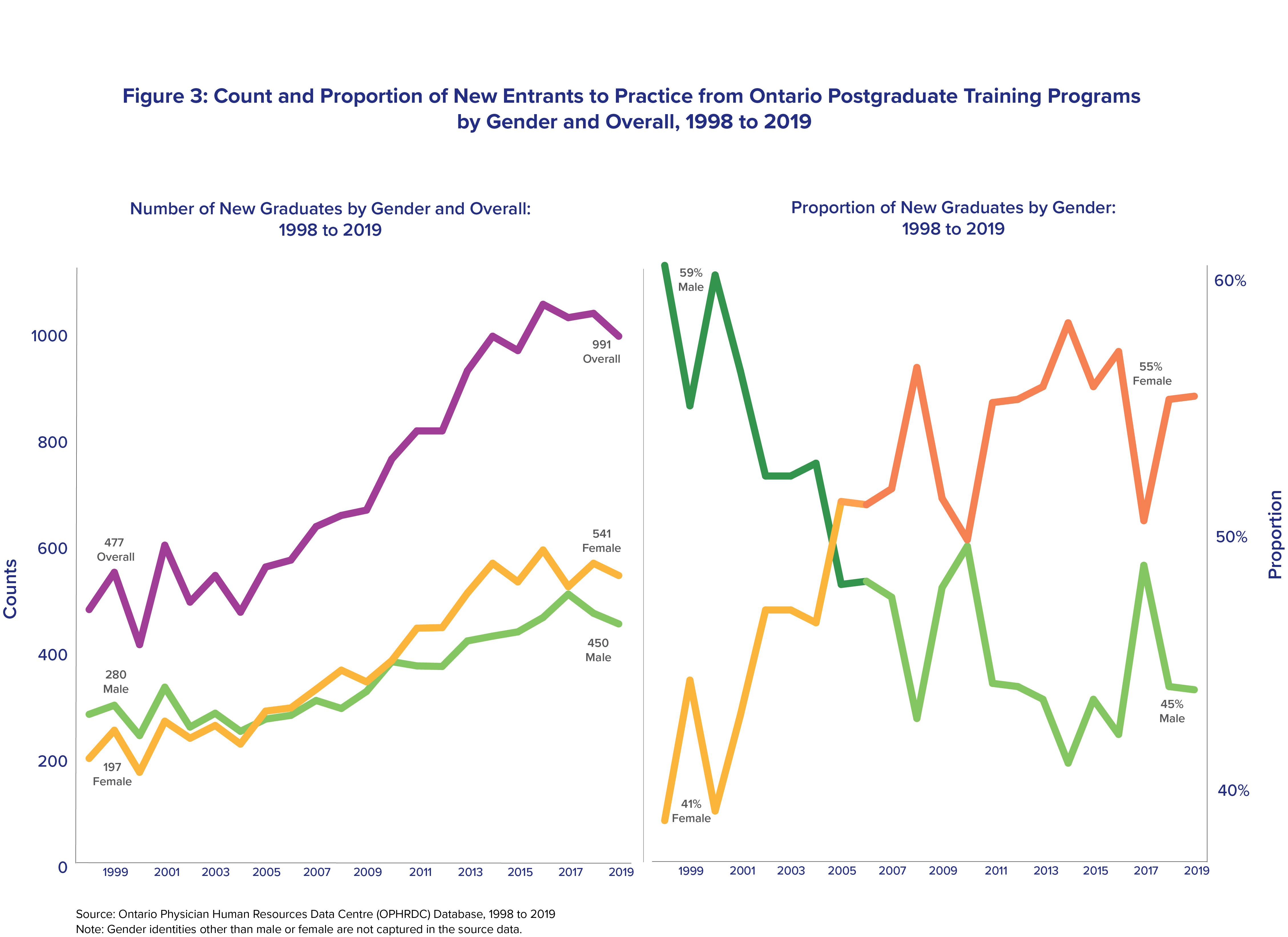This article presents a snapshot of the OMA Analytics team’s work to inform the association as it supports the priorities and needs of Ontario’s physicians.
What does analytics mean at the OMA? More importantly, how are analytics used to support Ontario doctors? This is one of the many areas explored in a series of Ontario Medical Review 'Spotlight' articles highlighting the work of the five teams that make up the OMA Economics, Research & Analytics unit. The teams are Analytics, Economics and Survey Insights, Healthcare Evaluative Research, Research Group and Tariff.
OMA Economics, Research & Analytics is one of three units within the OMA Economics, Policy & Research department (the other units include Health Policy & Promotion and Change Management & Implementation). ERA applies its teams' extensive subject matter expertise, experience and analytical capabilities to over 20 terabytes of integrated claim and clinical data in order to advance the interests of OMA members during negotiations with the Ministry of Health, support physician well-being and advance the role of physicians as leaders in transforming Ontario's health-care system.
The ERA Analytics team is composed of experienced analytics professionals with advanced academic training in data science, analytics, artificial intelligence, health economics, financial analysis and business management.
Team members include:
Analytics is a set of technologies and processes that use data and digital information to understand and analyze business and organizational performance. This involves extensive use of data, statistical and quantitative analysis, explanatory and predictive models, and fact-based management to drive decisions and actions.
The purpose of business intelligence analytics is to enable organizations to make better strategic and operational decisions because data is treated as a strategic resource. Analytics techniques are applied extensively in other industries such as retail, banking, insurance, telecommunications and sports.
The OMA’s Analytics team was formed to support the organization’s business decision-making by harvesting data to produce evidence-based information and knowledge and to identify insights that can be turned into actions. This in turn positions the OMA as a thought leader on priority issues affecting physicians and their patients, informs the negotiations process, and elevates the physician voice in the health-care system.

Through its data sharing agreements with the Ministry of Health and other health-system stakeholders, ERA houses many very large administrative databases such as the OHIP claims database, Primary Care payments, Discharge Abstract Database, and the Ontario Drug Benefit database. Most of these resources contain more than 20 years of historical data. As such, the OMA is uniquely positioned in the health-care space with access to over 20 terabytes of integrated historical data.
These data sources are used to:
The Analytics team provides analytics expertise in several key OMA mandates that are important to the membership. The team supports the Relativity Advisory Committee (RAC) by performing the complex modeling and analyses related to relativity (for example, the assessment of overhead costs), and provides multifaceted data analysis to support the Negotiations Task Force (for example, utilization analysis and proposal costing). In addition, Analytics routinely prepares special research and data analyses in response to requests from the OMA Board, other OMA departments, Section executives, and the committees that ERA supports, for example the OMA Physician Human Resources Committee (OHRC). Most recently, the team contributed to the analysis of the gender pay gap among Ontario physicians, and prepared a historical trend analysis of new-to-practice physicians.
Figure 3 shows an example of demographic trend monitoring of the new physician workforce in Ontario. The figure illustrates the increasing female composition of new entrants to practice from Ontario postgraduate training programs over the last 20 years. In every year since 2005, new female graduates outnumber new male graduates. This is an important input to the negotiations process as it is relevant to addressing the gender pay gap.

The Analytics team provides analytical solutions to other OMA departments with the shared goals of increasing operational effectiveness and efficiency and contributing to excellent member service. The techniques employed include clustering, segmentation, text analytics, sentiment analysis, dashboard creation, simulation, mapping, data visualization, quantitative modelling and optimization. Some of the ongoing projects in collaboration with other departments include:
Artificial intelligence is bringing a paradigm shift to health care, powered by the increasing availability of health-care data and rapid progress of analytics techniques. Although the OMA is just beginning to define its strategic role in the AI space, the long-term vision is leadership in improving the health-care system with the physician voice emphasized.
The OMA is embarking on this new and exciting phase of analysis in a three-pronged approach:
The health-care data landscape is complex and evolving. Enormous amounts of data are collected daily about patients, physicians and the health-care system in a plethora of independent sources: electronic medical records, hospitals, governments, census, wearable technologies, and the list goes on. The ability to integrate and harness the power of data to generate information and insights means using data as a strategic resource that can better position the OMA at the negotiations table and as a thought leader in developing health system policy.
Transforming data into knowledge and insights leads to better organizational decision-making and improved potential for action, both in negotiations and in public policy. The team continuously seeks out new technology and analytical techniques to wrest information from complex and disparate datasets to improve the knowledge base from which the OMA serves its members.
Questions or comments may be directed to the OMA Economics, Policy and Research department at economics@oma.org.